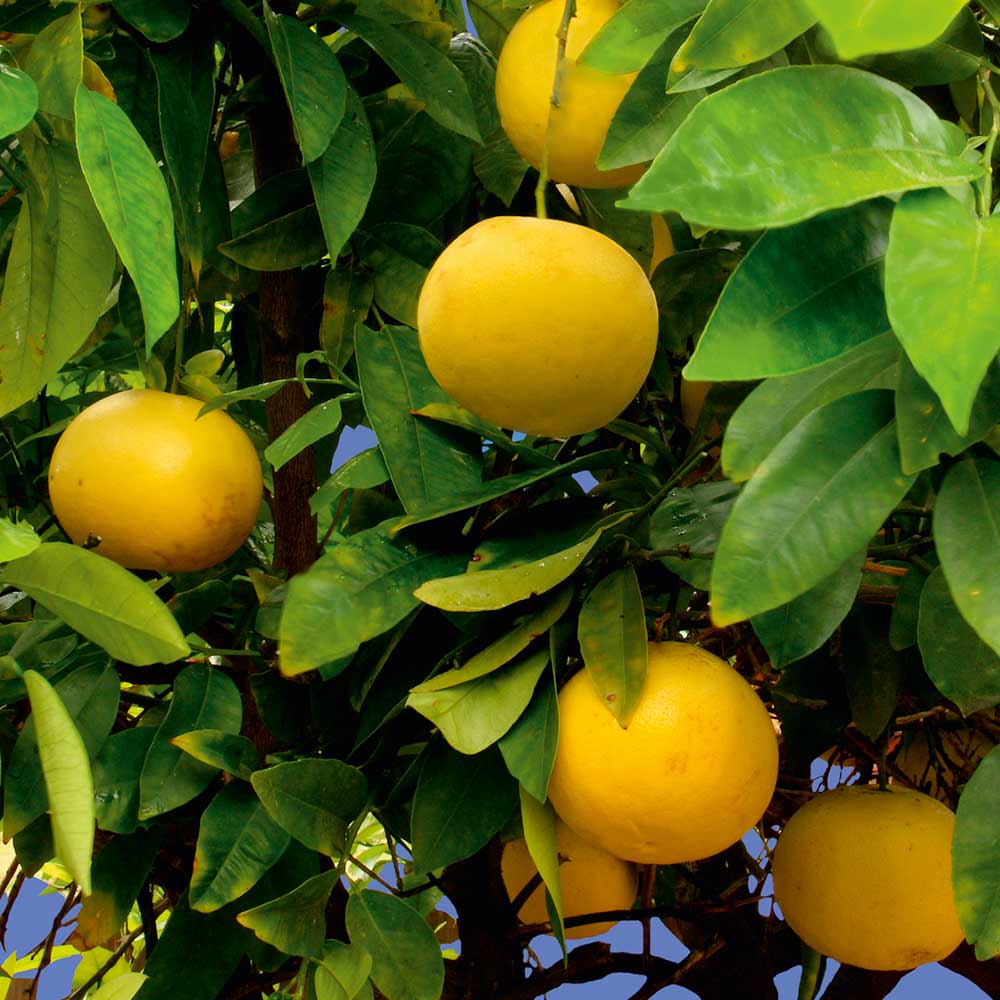Nigeria boasts (and consumes) a vibrant array of fruits, many of which are an integral part of its diverse cultures.
However, some of these fruits are frequently misnamed by Nigerians, from childhood till well into adult years.
Usually, this confusion is due to perceived similarities with foreign fruits or a simple lack of awareness of their proper designations.
See five of the most commonly misnamed fruits in Nigeria, aiming to shed light on their true identities:
1. African Star Apple (Commonly known as Cherry, Agbalumo, Udara)

Perhaps one of the most widespread misnomers is the application of ‘cherry’ to the popular African Star Apple. This is in contrast to a majority who don’t even know what it’s called in English.
This fruit, scientifically identified as Chrysophyllum albidum, is locally known as Agbalumo among the Yoruba and Udara among the Igbo.
However, many Nigerian Udara consumers wrongly describe it as cherry, which represents an entirely different species of fruit.
While both fruits are round and possess a stone, their similarities end there. True cherries are typically small, red or dark-red drupes, often sweet or tart, originating from temperate regions.
On the other hand, the African Star Apple is larger, with a leathery skin that turns orange-yellow when ripe, a milky pulp, and several seeds arranged in a star pattern. It is also native to many parts of tropical Africa.
2. Indian Almond (Commonly referred to as Fruit)

The Indian almond is the fruit of a large, deciduous tropical tree known scientifically as Terminalia catappa.
The tree is native to tropical Asia, Australia, and the Pacific, and has been widely introduced across the world, including Nigeria, for its ornamental value and useful properties.
However, many Nigerians assume that it is simply called fruit in English, which is wrong, or as a result of stark ignorance. This reflects its relatively recent introduction to indigenous flora, hence the lack of local names for it.
3. Grapefruit (Commonly known as Grape)

The confusion between grape and grapefruit is a common one, largely due to their similar-sounding names.
However, these are entirely different fruits. Grapes are small, spherical or oval berries that grow in clusters on vines, typically eaten fresh, dried as raisins, or used to make wine.
Grapefruit (Citrus paradisi), on the other hand, is a much larger citrus fruit with a thick rind, typically yellow or pinkish-yellow, and a tart to bitter taste. It is believed to have originated in Barbados as a natural hybrid of the pomelo (Citrus maxima) and the sweet orange (Citrus sinensis).
However, it is popularly grown and consumed in most states of the country, and as explained above, very different from grapes.
Therefore, when most Nigerians refer to the large, sour, citrusy fruit, they are almost certainly referring to the grapefruit, not grapes.
4. Black Velvet Tamarind (Licki licki, awin, icheku)

These are small, grape-sized, round to slightly flattened pods from a tropical tree native to West Africa, particularly in Nigeria and Ghana.
They are densely velvety and black when mature. Inside the hard, inedible shell is a sticky, sweet-sour, orange-colored pulp that surrounds a single, flat, round, brown seed.
Known by various indigenous names such as Awin in Yoruba and Icheku in Igbo, many Nigerians are totally oblivious of its proper name in English, and simply make do with humorously calling it ‘licki licki’.
The ‘Black Velvet’ distinction accurately captures its dark, velvety shell. However, unlike in the case of Indian almond, the array of local names for black velvet tamarind underscores its popularity and cultural significance. Nonetheless, it’s important to recognise its specific botanical identity.
5. Graviola (Commonly known as shawashop)

Graviola, scientifically known as Annona muricata, is a distinctive tropical fruit highly valued in Nigeria. It is also known as soursop.
Interestingly, the problem with its description across the nation lies in its mispronunciation, where it is commonly received as ‘shawashop’.
While this is closer to an actual correct identification of soursop, a native English speaker may initially find it confusing to comprehend, as there is no ‘h’ in its spelling nor ‘sh’ in pronunciation.
Hence, graviola is an advisable option, being easier to pronounce. Meanwhile, graviola has found a comfortable home in Nigeria’s tropical climate, and palates, even though it originated from the Americas.
Ultimately, understanding the correct names of these fruits enriches our botanical knowledge. Also, it helps in accurate communication about Nigeria’s rich agricultural biodiversity, while encouraging a deeper appreciation for its unique characteristics.



